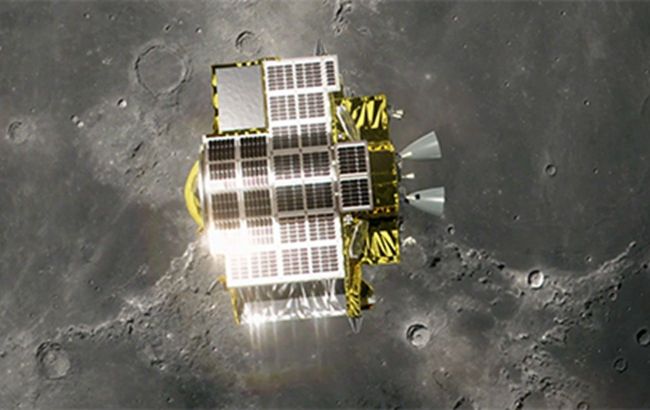Photo: Japanese SLIM moon craft on the Moon (isas.jaxa.jp)
Japan’s Smart Lander for Investigating Moon (SLIM) successfully lands on the moon, demonstrating precision technology. However, solar power issues arise, threatening the mission. Explore the implications for Japan’s space program.
In a historic achievement, Japan’s aerospace agency, JAXA, successfully landed its Smart Lander for Investigating Moon (SLIM) on the lunar surface. However, the triumph is shadowed by solar power challenges, posing a threat to the mission’s success.
SLIM landed on the moon around 12:20 a.m. (1520 GMT Friday), marking Japan as the fifth country to achieve a lunar landing.
Solar panels faced difficulties generating electricity, potentially due to incorrect angling, raising concerns about mission continuation.
JAXA prioritized data transfer to Earth using SLIM’s battery, lasting only a few hours.
The agency opts for maintaining the status quo, anticipating a shift in the sunlight’s angle to restore solar panel functionality.
SLIM, dubbed the “moon sniper,” aimed for a landing accuracy within 100 meters, showcasing advanced precision landing technology.
The technology holds significance for future exploration of moon poles, seen as potential sources of oxygen, fuel, and water.
Japan aims to play a larger role in space, partnering with the United States to counter China and participating in NASA’s Artemis program.
Recent setbacks in rocket development, including the launch failure of the H3 flagship rocket, have impacted Japan’s space missions.
The successful landing of SLIM demonstrates Japan’s commitment to advancing space exploration. However, solar power challenges underscore the complexities and risks involved in lunar missions. The precision landing technology showcased by SLIM opens new possibilities for future lunar explorations.
The achievement of a precise lunar landing by SLIM signifies Japan’s growing role in space exploration. The challenges faced also highlight the inherent risks and complexities of space missions, emphasizing the need for continuous innovation and adaptation.
While SLIM’s successful landing is a testament to Japan’s space capabilities, the mission’s power challenges pose significant hurdles. The incident prompts reflections on the evolving landscape of lunar exploration and the importance of addressing technical issues to ensure the success of future missions.
This analysis is based on information from Reuters, providing insights into Japan’s groundbreaking lunar landing with SLIM and the subsequent challenges faced. The ongoing mission serves as a crucial milestone in Japan’s pursuit of advancements in space exploration.



